Here at YIMBY QLD, we talk an awful lot about the 'missing middle' and 'gentle density'. But just what is the missing middle? Basically, it's anything that's denser than a single-family home, but not as dense as a high-rise tower. You've probably seen examples of missing middle plenty of time before and just not realised it; here are some examples…
House with Accessory Dwelling Unit: Pieces of Her
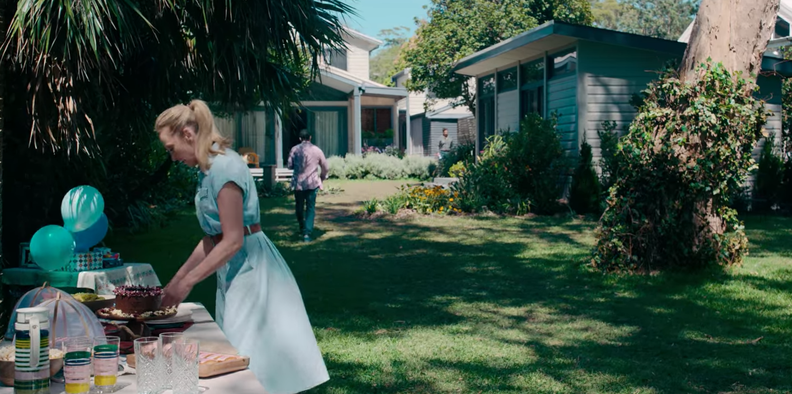
In the thriller series based on Karin Slaughter's book of the same name, Andy lives in a studio ADU behind her mother, Laura's, house. We learn via flashbacks that this living arrangement began when Andy moved back home to care for Laura while she underwent cancer treatment. The ADU gives Andy a level of independence (she has her own bathroom, laundry, and kitchenette), while still being close in case her mother needs her.
Advertisement
Though set in Georgia, USA, Pieces of Her was mostly filmed in various locations across New South Wales. The ADU itself, however, was added by production. Presumably, their options of a house with a real ADU were limited because, you know… missing.
Fonzie Flat: Happy Days
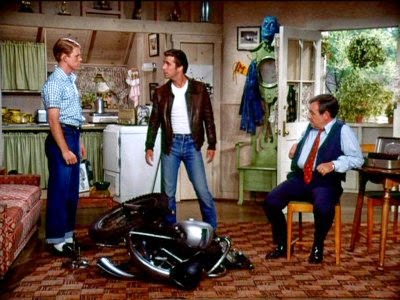
Few characters can have had the cultural impact that Arthur Herbert 'The Fonz' Fonzarelli has had. Not only is the Fonz a known figure to people who have never seen a single episode of Happy Days, but an entire genre of housing has become synonymous with his name.
For those too young to remember, Fonzie lived in a converted loft above the Cunningham's garage. The "Fonzie Flat" therefore is an independent living space within an existing home. This is typically, but not necessarily, located above the garage. It's a housing type that's being pushed by various governments across Australia
Duplex: Modern Family
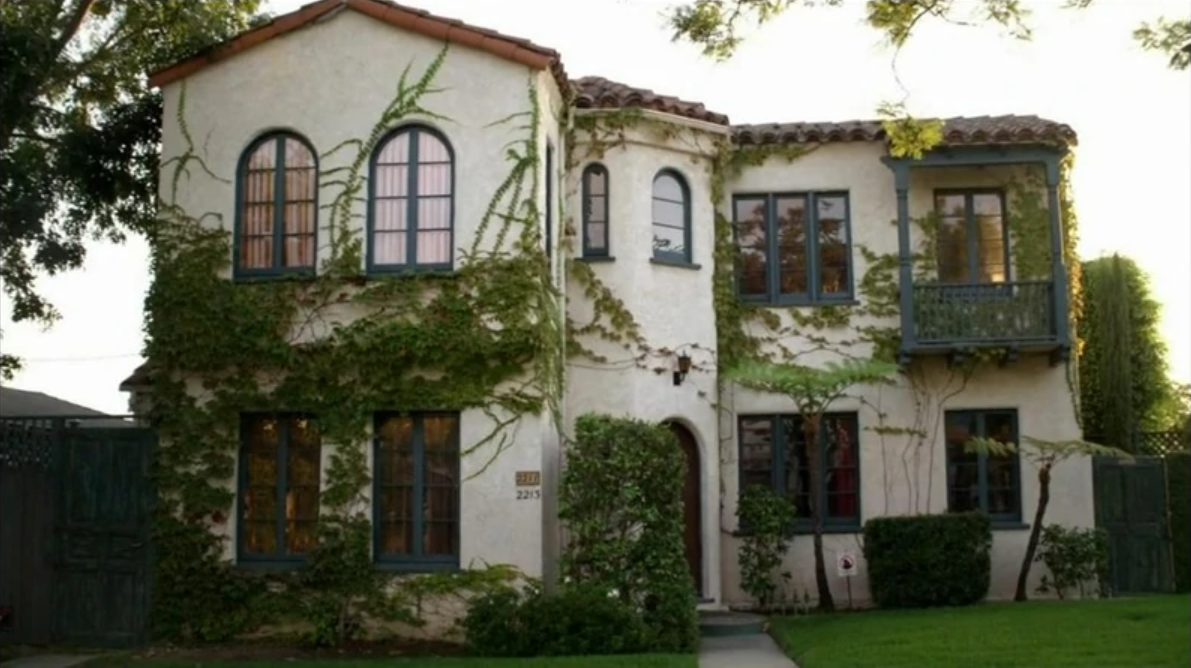
At the beginning of every episode of Modern Family, we see Mitch and Cam and their daughter, Lily, standing in front of their stacked duplex. At first, viewers were confused as to why the single-storey interior didn't seem to match the two-storey exterior. However, we soon learned that Pritchett-Tuckers lived in the ground floor dwelling and leased the top floor. This model of living in one half and leasing the other was common in the US and Australia before zoning laws made duplexes illegal to build in many parts of our cities.
Advertisement
For a while, Mitch and Cam helped Cam's down-on-her-luck sister by renting the top floor to her. In the series finale, after Cam accepts his dream job in Missouri, the duplex becomes the perfect first home for niece Hayley and her young family.
Townhouse: Full House
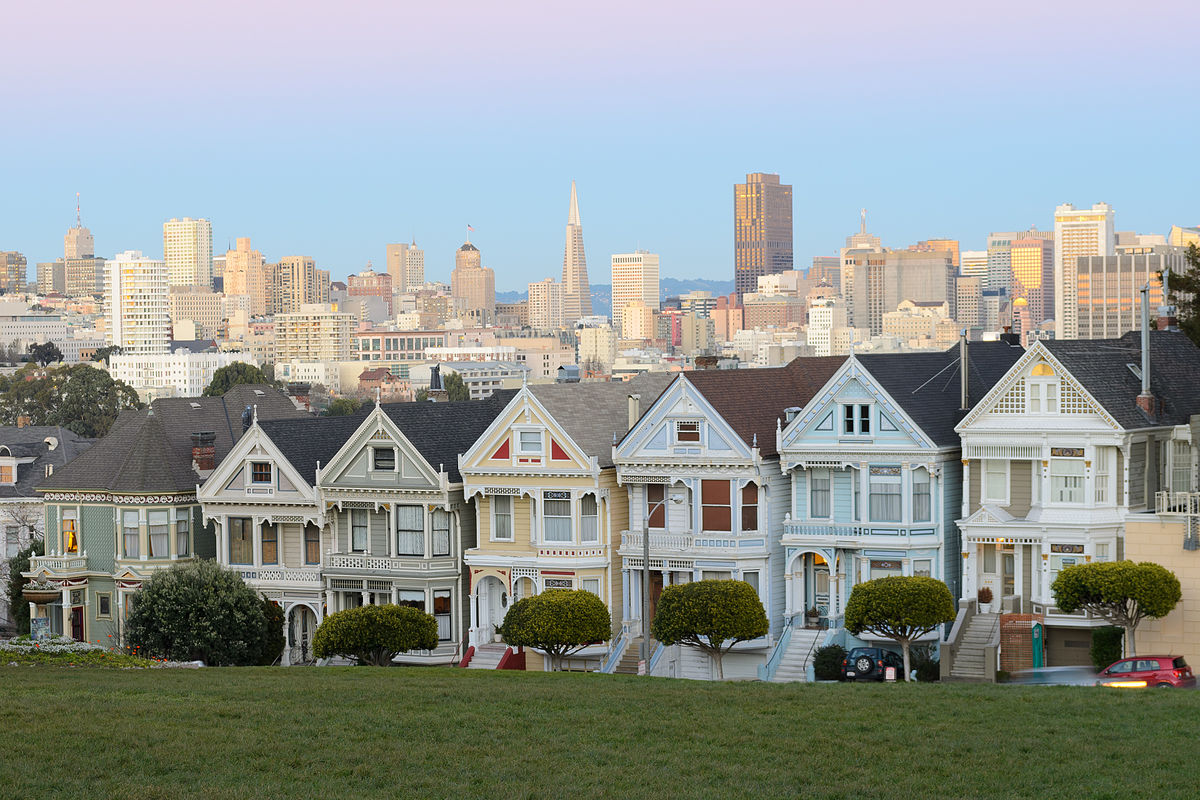
Full House's cheesy opening title sequence has become the stuff of parody. An integral part of the recipe (alongside wholesome theme song and actors turning to smile at the camera), is the zoom out of the Tanner domicile – one of San Francisco's famous Painted Ladies.
Even if you've never seen an episode of Full House, you know the painted ladies; seven colourful Queen Anne style townhouses. San Francisco is famous for its townhouses built during the late Victorian era. Because these sit on such narrow lots, extra space is provided by three dwelling levels and the deep bay windows that have become synonymous with San Francisco's architectural style.
Terrace House: Looking for Alibrandi
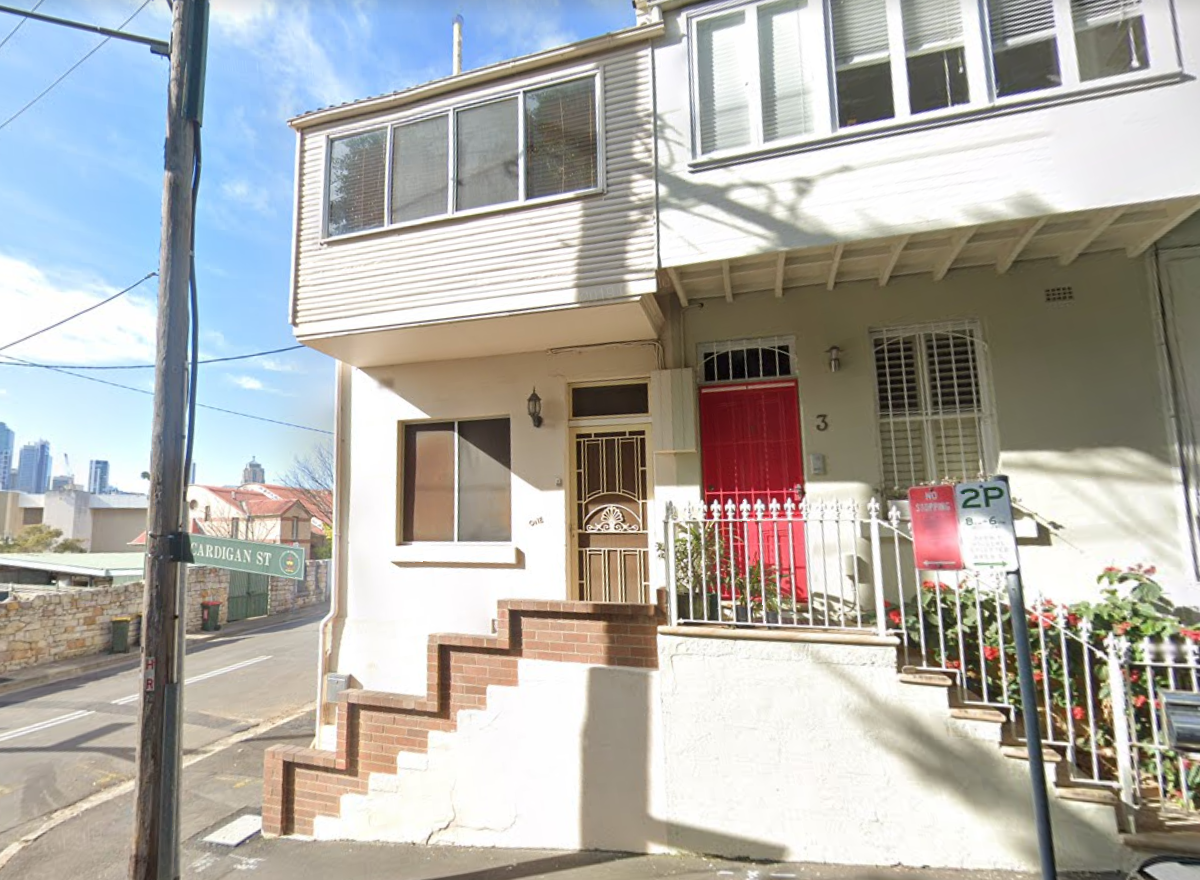
The end terrace on Cardigan Street in Glebe, Sydney that represented Josie's home in the classic Australian movie Looking for Alibrandi is worth over 1.5 million dollars today. However, in the film's 1990s setting, the 66-square-foot two bedroom terrace was perfectly realistic as a modest home for an immigrant family supported by a single mother.
Glebe has seen much gentrification in recent decades due to its proximity to the Sydney CBD, great amenities, and highly walkable neighbourhoods. What was once a heartland for broke students is now out of bounds for all but the very wealthiest. It's been proven that the way to prevent displacement and gentrification is to build a lot of both market rate and affordable housing, so what are we waiting for?
Cottage Court: Alvin and the Chipmunks (2007)
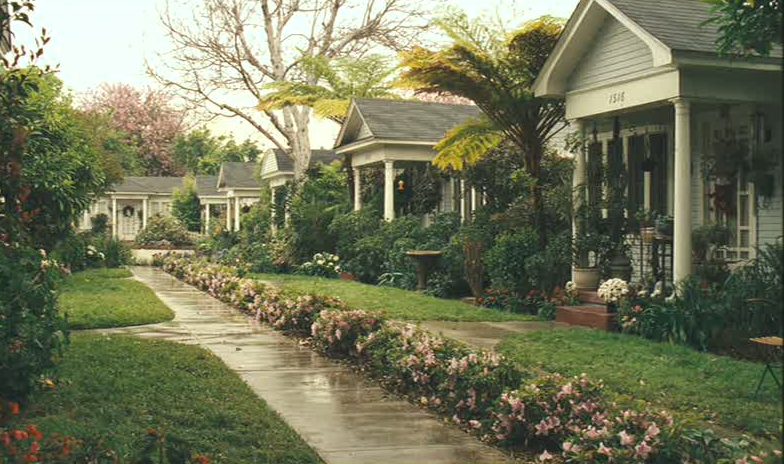
2007's Alvin and the Chipmunks has chipmunk-dad Dave living in a lovely verdant cottage court. A cottage court is a group of small, detached houses clustered around a communal courtyard, which replaces the function of private backyards.
The 100-year-old St. Andrews Bungalow Court was almost wholly unaltered for the film, and in real life provides 16 affordable homes for formerly homeless individuals and households with special needs. At one time slated for demolition and then abandoned, it is now listed on the National Register of Historic Places.
Low-rise Apartment: The Good Place

In The Good Place, perpetually indecisive Chidi's dream home is a book-lined apartment. Though we never see the exterior, Chidi's comings and goings suggest that it is located in the main square, where the buildings are no taller than two or three storeys.
It's notable that a lot of the urban design of the Good Place (the place, not the show) takes inspiration from older European human-scale design – walkable streets, low-rise buildings – rather than 20th Century car-based design. On the other hand, the Medium Place, a realm of "eternal mediocrity", is represented by a single large, detached house in the middle of nowhere. Food for thought.
Mid-rise Apartment: Stuck Together
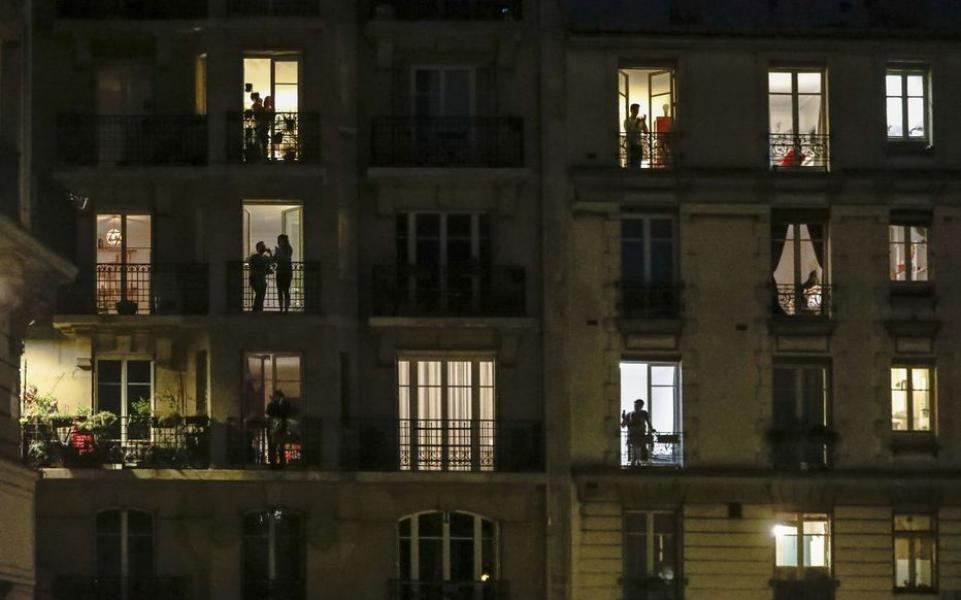
In French comedy film Stuck Together (or 8 Rue de l'Humanité to give it its original title), the residents of a Paris apartment complex navigate the coronavirus pandemic and lockdown. Though their homes are stacked vertically across four storeys, the bonds between neighbours and the community they form are the same as you would find on a typical Australian street. Instead of standing at the ends of their driveways for socially distanced togetherness, residents gather on their balconies. Instead of using wheelie bins to block off a street for a party, they celebrate in their courtyard.
On our screens, we see a diversity of housing types to match a diversity of characters. It would be fantastic if our own neighbourhoods could likewise house a diversity of characters.
Though we may first be struck by the differences of an unfamiliar housing arrangement, that soon fades into the background as we care more about characters and their stories. Why should real life be any different?
Let's talk more about neighbourhood characters than neighbourhood character; let's place more importance on stories than storeys.